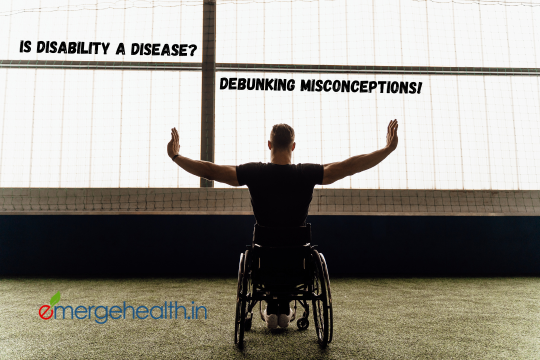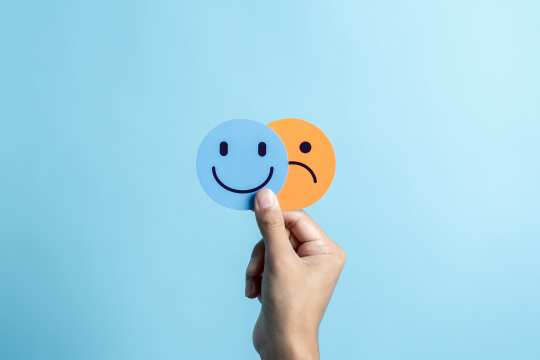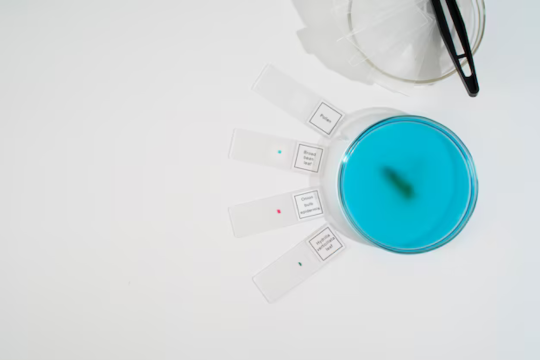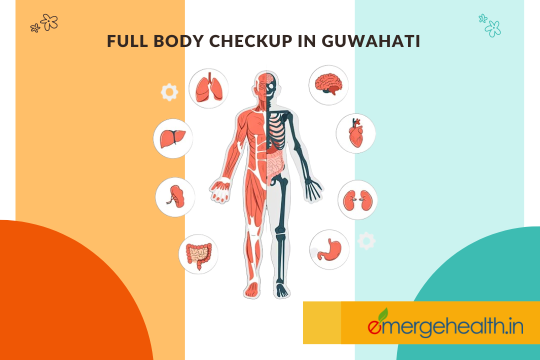Disability is a multifaceted and often misunderstood concept that affects millions of people worldwide. It encompasses a broad spectrum of physical, cognitive, sensory, and mental impairments that can hinder an individual's ability to engage in daily activities. Despite its prevalence, there remains a lingering misconception that disability is synonymous with disease.
Understanding Disability
Disability is a complex phenomenon that arises from the interaction between an individual and their environment. It is not a disease, but rather a result of various factors, including genetics, accidents, or health conditions. Disabilities can be visible, such as physical disabilities that affect mobility, or invisible, like neurological or psychological impairments. It is essential to recognize that a person's disability does not define their worth, abilities, or potential contributions to society.
Distinguishing Disability from Disease
The term "disease" typically refers to a specific medical condition or illness caused by pathogens, genetic abnormalities, or environmental factors. Unlike disability, diseases often have clear diagnostic criteria, treatments, and potential cures. Diseases are usually seen as temporary or treatable conditions that can affect anyone, whereas disabilities tend to be long-term or permanent and are inherent characteristics of an individual's life.
One significant distinction between disability and disease lies in their nature. A disability may result from an underlying medical condition, but it is important to remember that not all medical conditions lead to disabilities, and not all disabilities have an associated disease. For example, someone born with a congenital disability may have a unique set of challenges, but it does not mean they have a disease.
Here are a few examples that showcase the contrast between disability and disease:
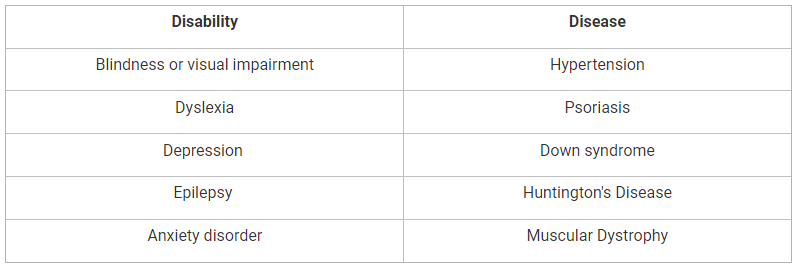
Let's examine some real-life examples to differentiate between disability and disease:
Disease:
A 35-year-old woman was recently diagnosed with breast cancer. The disease was detected early through regular screenings. She underwent surgery to remove the tumor and subsequently received chemotherapy and radiation therapy to eliminate any remaining cancer cells. After successful treatment, she is now cancer-free and resumes her normal daily activities, including work and hobbies. In this case, breast cancer was a disease that required medical intervention, and with appropriate treatment, her health improved significantly.
.png)
Disability:
A 25-year-old man has been living with cerebral palsy since birth. His condition affects his motor skills and coordination, making it challenging for him to walk independently. He uses a wheelchair to move around comfortably. Despite his disability, he pursued higher education and became an accomplished graphic designer. His creative talent, determination, and access to assistive technology allowed him to overcome physical barriers and excel in his profession. His cerebral palsy is a disability he has learned to manage, and it doesn't prevent him from leading a fulfilling life and pursuing his passions.
Disease and Disability Intersection:
A 40-year-old woman was diagnosed with multiple sclerosis (MS), an autoimmune disease affecting the central nervous system. Over time, her MS progressed, leading to mobility challenges and occasional cognitive impairments. As a result of her MS, she developed a disability that impacts her daily life. She uses a mobility aid, such as a cane or scooter, to navigate her surroundings safely. Additionally, she receives support from healthcare professionals and engages in physical therapy to manage her condition effectively. Although she faces both a disease (MS) and a disability (mobility challenges), Her resilience and support network enable her to lead a fulfilling life and participate actively in her community.
These real-life illustrations demonstrate that diseases and disabilities are distinct, but they can intersect in certain cases. Diseases often require medical treatment and can be temporary or curable, while disabilities are inherent characteristics that may be lifelong or long-term. Understanding these differences helps foster empathy and inclusivity, ensuring that individuals with disabilities receive the support and respect they deserve in society.
